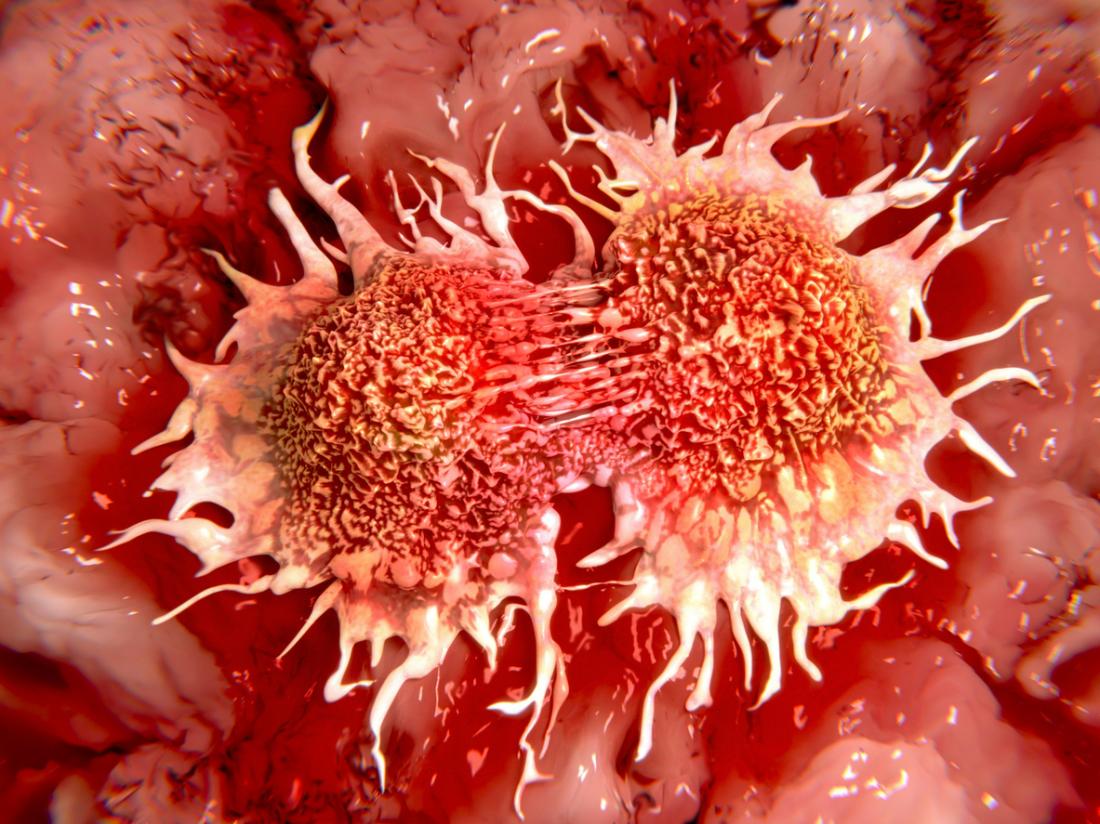
Cancer’s ability to metastasize – move through the body and take root in a distant location – is a thorn in the side of cancer treatments.
A localized tumor is much easier to treat, and chances of survival are greater. Once the tumor has moved on, it can be harder to control. Around 30 percent of people with breast cancer experience metastasis, commonly affecting the lymph nodes, bones, brain, lungs, and liver.
Understanding how a tumor sets up shop in distant parts of the body is an important area of study. The trouble is, cancer is incredibly adept at finding a new location; in fact, tumors constantly send out cells into the bloodstream to see if they take hold and flourish. They are also experts at recruiting cellular assistance and making their new home perfect for supporting their continued growth.
New research, looking at a metabolite called 20-HETE, hopes to learn how we can disrupt cancer’s ability to succeed in distant tissues.
What is 20-HETE?
20-HETE (20-Hydroxyeicosatetraenoic acid) is a breakdown product of arachidonic acid, a fatty acid used widely throughout the body. 20-HETE carries out a number of useful roles, including the regulation of vascular tone, blood flow to organs, and sodium and fluid transport in the kidney. The metabolite also plays a role in inflammation, helping the body fight off infections and other diseases.
Aside from its natural and positive effects, 20-HETE appears to have a darker, more sinister side; these murky depths are currently being plumbed by postdoctoral fellow Dr. Thaiz F. Borin and his team at Augusta University, GA. His latest findings are published this week in PLOS ONE.
Co-author Dr. B.R. Achyut, assistant professor in the MCG Department of Biochemistry and Molecular Biology, explains 20-HETE’s Jekyll and Hyde personality:
“There is normal function, and there is tumor-associated function. Tumors highjack our system and use that molecule against us.”
According to recent studies, 20-HETE provides the cancer with virtually everything that it needs; it forms part of the “seed and soil” hypothesis. For a cancer cell to up sticks and move, it needs all of its ducks in a row. It must detach from its position and become aggressive enough to survive the journey; then, once it has found a new site, it needs to recruit supporting tissue and blood vessels.
According to Dr. Ali S. Arbab, leader of the Tumor Angiogenesis Initiative at the Georgia Cancer Center, recent studies show that 20-HETE prepares the new site in a number of ways. The metabolite activates helpful protein kinases and growth factors that encourage cells to grow in size, proliferate, and differentiate.
To flourish, tumors are also dependent on the creation of new blood vessels, and 20-HETE can help in this regard. Additionally, 20-HETE turns up inflammation, a hallmark of many diseases, including cancer. It manages this
Disrupting the tumor microenvironment
In Dr. Arbab’s studies on metastasis and the processes behind it, he and his team are focused on “going after that tumor microenvironment.” In the most recent study, they used a molecule called HET0016, which inhibits the actions of 20-HETE.
To test HET0016’s ability to scupper 20-HETE’s homemaking powers, they inserted cancer cells in the mammary fat pad of mice. Once the cancer had set down roots and begun to spread, they injected the mice with HET0016. The drug was given for 5 days a week for 3 weeks.
After just 48 hours, cancer cells were less able to move freely around their test tube.
The drugs also reduced levels of metalloproteinases in the lungs; these enzymes destroy protein structures, allowing cancer cells to penetrate and new blood vessels to grow.
Similarly, other molecules useful to cancer cells, such as growth factors and myeloid-derived suppressor cells, were reduced. As Arbab says, “It gets rid of one of the natural protections tumors use, and tumor growth in the lung goes down.”
Although HET0016 is not ready for use in humans, the study demonstrates that 20-HETE could be a useful target for preventing cancer’s spread. Arbab notes that there are already certain drugs on the market – including some over-the-counter anti-inflammatory drugs – that might also inhibit this hijacked molecular pathway.
The team plans to continue looking for ways to prevent cancer from coercing 20-HETE into playing the bad guy. Preventing breast cancer from metastasizing would be a huge step forward because, as the authors write, “Distant metastasis is the primary cause of death in the majority of breast cancer types.”
[“Source-medicalnewstoday”]
